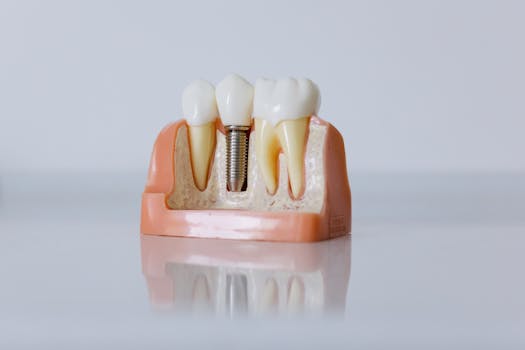If you’re considering breast augmentation, you’re likely weighing the choice between saline implants vs silicone implants. Understanding the differences can help you make an informed decision about which type of implant is best for you. Each comes with its own set of advantages and considerations.
Understanding the Basics of Saline Implants vs Silicone Implants
Saline implants are filled with sterile salt water, whereas silicone implants are filled with silicone gel. Both options aim to enhance the breast’s shape and size, but they differ in their feel, incision requirements, and post-surgery care.
Pros and Cons of Saline Implants
Saline implants are often favored for their predictable outcomes and versatility in adjusting size post-implantation. They are praised for allowing smaller incisions, as they are inserted empty and filled once in place.
- Advantages: Easy to detect ruptures, adjustable size, often less expensive.
- Disadvantages: Can ripple under the skin, may feel less natural compared to silicone.
Pros and Cons of Silicone Implants
Silicone implants offer a more natural feel, closely mimicking the texture of natural breast tissue. This attribute is one reason why individuals often prefer them for the best fake tits that feel realistic.
- Advantages: Natural feel and appearance, less rippling.
- Disadvantages: Require a longer incision, silent ruptures harder to detect.
What to Consider for the Safest Boob Job
When deciding between saline or silicone implants, consider factors such as your body type, desired outcome, and lifestyle. The safest breast augmentation largely depends on choosing a qualified surgeon and discussing your goals and concerns.
For those interested in minimizing environmental impacts associated with cosmetic procedures, exploring sustainable practices might also be beneficial. You can find insights on this on our page about eco-friendly skincare and beauty.
Saline Implants vs Silicone Implants: Making Your Choice
Ultimately, whether you choose a saline boob job or silicone gel implants, it’s crucial to prioritize your personal comfort and the expertise of your healthcare provider. You could opt for the former if you lean towards flexibility, or the latter if natural feel is paramount to your decision.
Saline vs Silicone Before and After: What to Expect
The visual outcomes of saline versus silicone breast implants can vary. Silicone implants tend to resemble natural breast tissue and thus may appear more seamless. To gauge expectations, reviewing saline vs silicone implants look in before-and-after photos during consultations is advisable.
Why Some Choose Silicone or Saline Implants
Your choice might align with stories from others who faced the same decision. For instance, some choose saline implants for peace of mind regarding detection of leaks, while others opt for silicone for aesthetic reasons.
Research and consultations with healthcare professionals can help you find an implant type that best meets your needs and expectations, as well as ensure that the procedures are executed with care and precision. For detailed information, you can consult resources like Wikipedia’s Health page.
We encourage thorough discussions with your surgeon to assess the pros and cons of silicone implants and saline alternatives further. Think about the maintenance, feel, and possible complications that come with either choice, allowing you to decide what aligns best with your personal preferences.
- Saline implants are filled with sterile salt water and are adjustable.
- Silicone implants offer a more natural look and feel.
- Both types have unique pros and cons regarding costs, feel, and incision size.
- Choosing between saline and silicone involves personal comfort and preferences.
FAQs
Are saline or silicone implants safer?
The safety of implants depends on multiple factors, including surgical techniques, the surgeon’s experience, and the patient’s health. Both types are considered safe when executed by a qualified plastic surgeon.
What are the differences between saline and silicone implants?
The difference between saline and silicone implants mainly lies in their fill material and feel. Saline implants are filled with sterile salt water and are adjustable after insertion, while silicone implants contain a gel that closely mimics breast tissue.
Can saline implants ripple under the skin?
Yes, saline implants can ripple under the skin, especially in individuals with less breast tissue. This is less common with silicone implants.
How long do saline and silicone implants last?
Most implants are designed to last 10-20 years, but many can last longer with proper care and monitoring. Patients should undergo regular check-ups to ensure implant integrity.
Why do some people opt for saline implants?
Some individuals choose saline implants for easier detection of ruptures, the potential for smaller scars, and the option to adjust sizing during surgery.
In the end, the choice between saline implants vs silicone implants involves considering your personal goals, lifestyle, and comfort. Whichever option you lean toward, ensure the decision is based on informed discussions with your healthcare provider and aligns with your expectations for outcome and safety.






